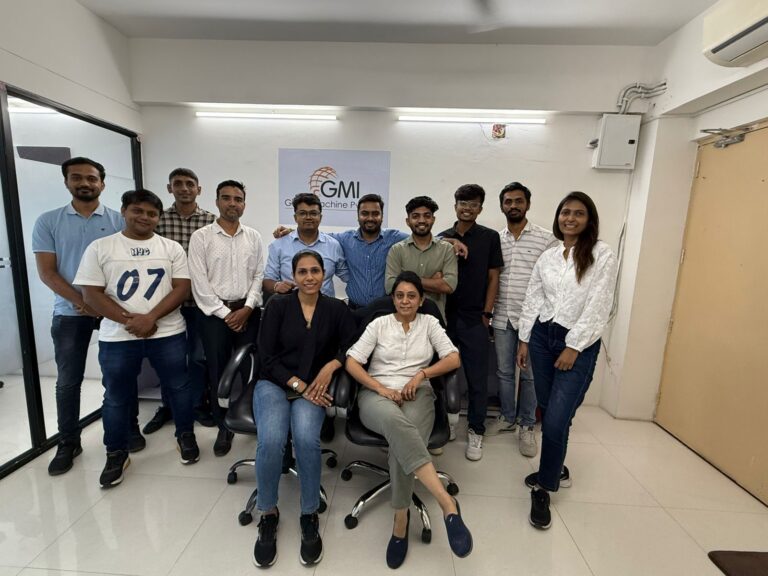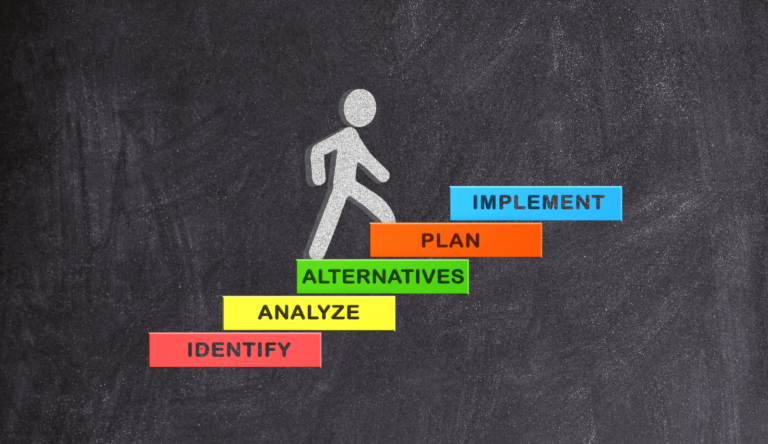Vision Formulation
Crafting a clear, compelling vision that inspires action, aligns stakeholders, and drives long-term success.
What We Mean by Vision Formulation
Vision formulation is the process of defining a future state that serves as a guiding compass for an organization’s strategies, decisions, and culture. A strong vision articulates purpose, inspires teams, and provides direction for sustainable growth.
1. Clarity of Purpose
Defining the organization’s core mission and long-term aspirations.
2. Stakeholder Alignment
Ensuring all internal and external stakeholders share the same vision and objectives.
3. Strategic Relevance
Crafting a vision that aligns with industry trends, market opportunities, and organizational strengths.
4. Inspiration & Motivation
Creating a vision that energizes employees and builds commitment across all levels.
Holistic Transformation Approach
- Aligned across all business functions and processes
- People engagement and capability building
- Built on actionable insights and data intelligence
- Designed for long-term adaptability

What Clients Usually Struggle With
Organizations often face recurring obstacles when formulating their vision, leading to misalignment and stalled progress.
1. Undefined Future Direction
The organization has no articulated vision for the next 5–10 years, leaving teams without a long-term guide.
2. Leadership Misalignment
Senior leaders hold differing views on long-term goals, resulting in inconsistent decision-making.
3. Short-Term Dominance
Immediate operational priorities overshadow the organization’s strategic direction and future planning.
4. Conflicting Agendas
Personal or departmental interests take precedence over the organization’s broader objectives.
5. Decision-Making Conflicts
Differences in pace and style among leaders create friction and slow critical decisions.
6. Slow Execution
Important strategic actions are delayed because leaders prioritize tasks differently, affecting momentum.

Cost of Inaction
Failing to establish and communicate a unified vision has significant long-term repercussions.
Persistent Team Conflicts
Disagreements remain unresolved, affecting collaboration.
Weak Accountability
Leaders fail to enforce agreed-upon decisions.
Declining Collaboration
Reduced willingness to support colleagues outside core responsibilities.
Our Approach to Vision Formulation
Our structured process ensures your vision is actionable, measurable, and embraced across the organization.
The Transformation Process
Insight Gathering
Conducting in-depth analysis of market trends, organizational capabilities, and leadership aspirations to shape the foundation of the vision.
- Evaluate current market position and competitive landscape
- Identify internal strengths, weaknesses, and opportunities
Leadership Alignment
Bringing decision-makers together to agree on long-term goals and a shared organizational direction.
- Facilitate strategic workshops for unified understanding
- Resolve conflicting priorities among leadership teams
Vision Crafting
Creating a concise, future-focused vision statement that inspires and guides the organization.
-
Ensure clarity, relevance, and long-term
focus
-
Align with mission, values, and strategic
objectives
Communication Planning
Designing an effective plan to cascade the vision across all levels of the organization.
-
Create engaging internal communication
materials
- Use multiple channels to ensure consistent messaging
Integration
Embedding the vision into strategies, KPIs, and operational processes for seamless adoption.
- Link the vision to departmental objectives and performance metrics
- Incorporate into strategic planning and decision-making
Review & Adaptation
Regularly assessing and updating the vision to remain relevant in changing market conditions.
- Monitor progress and collect feedback from stakeholders
- Adjust the vision based on market shifts and organizational needs
Proven Methodology and Frameworks
OKR (Objectives and Key Results)
Setting ambitious, measurable objectives that align teams with the organizational vision.
Design
Thinking
Applying human-centered problem-solving to create innovative and practical vision strategies.
Change Management Models
Driving adoption and minimizing resistance to vision-led change.
Innovation
Frameworks
Encouraging creative solutions to achieve long-term goals.
